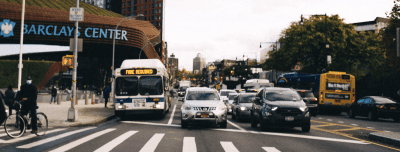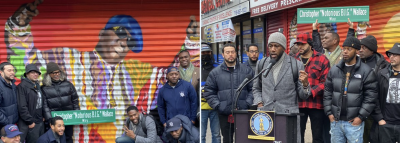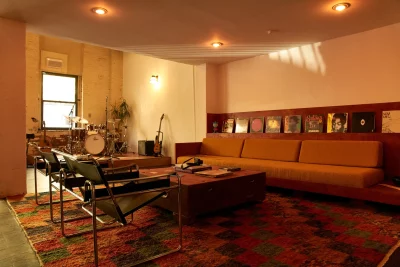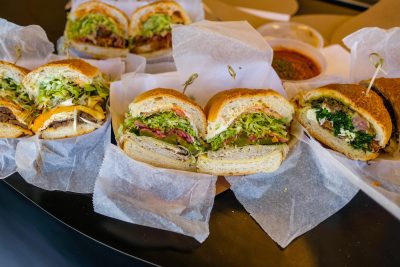Courtesy Green-Wood Cemetery's Instagram page
Death education comes to life at Green-Wood
During the pandemic, programming at the national landmark cemetery has dug into the study of death, grieving and funereal rituals
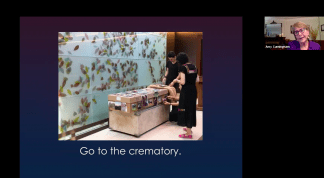
Cunningham’s class in sessions
“The hyoid bone is the only bone in our throat,” Amy Cunningham, death educator at Green-Wood Cemetery, is saying in her little Zoom square. “It’s believed that you can see a little central Buddha in the center there.”
The shot of Cunningham’s face gives way to images of bones left near an urn after a cremation in Japan. The screen shifts so that the 90 attendees of her “Cremation: History and Modern Process” virtual class are treated to a blue Roman Empire-era urn with bone remnants and asbestos inside. The talk of death has brought some life to the chat room as attendees chime in with comments of their own.
Cunningham’s seminar is just one part of Green-Wood’s ongoing virtual death education series. Since March 2020, Green-Wood, a national historic landmark, has seen an uptick in the interest of death—and unfortunately not a few new permanent residents as well. According to Centers for Disease Control and Prevention data, the number of deaths in the United States through September 2020 was between 10 and 13 percent higher than it would have been if the coronavirus pandemic had never happened.
This 60-minute virtual presentation by Cunningham walked attendees through the basics of cremation, how it has been viewed by different religions such as Hinduism, Buddhism, Christianity and Judaism throughout history, and why more people are being more mindful about end-of-life conversations today.
“The conversation surrounding death is now unavoidable,” Cunningham says. “The novel coronavirus crisis shocked every American into seeing that—in truth and for real—death could occur for anyone, at any time. Now, people in good health are phoning funeral directors and seeking good consumer advice and advanced arrangements.”
While it’s difficult to get an exact number of how much the phone calls have increased, Cunningham guesses that calls have “certainly doubled.”
So Cunningham has used this time to lean into educating people about death and dying with virtual seminars, in many cases for folks who have never seriously considered the topic before. At the cremation event, for example, Cunningham explains how physically burying the urn with the remains in it can be part of the process.
“Burials of any kind with the shoveling can really be cathartic. There’s something hypnotic about the shoveling of the earth and the covering and filling of the grave,” Cunningham says. “The decision to bury or cremate relies on one’s expectations of ritual, views of history, perception of self, belief in soul, and size of [your] pocketbook.”
Rebranding cremation
The pandemic also brought with it a few practical puzzles. At its peak, holding a formal funeral was impossible since people weren’t able to congregate en masse. Cremation was a solution, but an inadequate one at first.
“At the height of the crisis with so many sick, dying, frightened, and unable to gather, cremation offered reasonably little—save an affordable funeral no one could attend, after an arduous wait period,” Cunningham says. “[However],we greatly improved cremation service when we realized that we could hold pre-cremation committal services outside in a similar way.”
Cunningham and Green-Wood’s burial team figured out that they could set up the cremation casket under the grounds’ weeping beech trees, and help families have “pretty good cremation farewells out there in all kinds of weather,” she says.
Her light touch as a death educator has made her a beloved member of the team at Green-Wood Cemetery and among those continuing attendees of death programming.
“Amy is knowledgeable and low-key with a solid wide base of experience,” Vivien Abrams, a frequent program participant, tells Brooklyn Magazine. “Green-Wood provides a safe and comfortable environment to talk about death, commemoration and burial practices with like-minded people.”
After some of Cunningham’s events, attendees have come to Gabrielle Gatto, coordinator of public programs at Green-Wood Cemetery, with positive feedback and increased interest in learning more about death.
“Death studies is one of those things, the more you dig into it, the more you uncover and this past year especially, people want to know more about what is often deemed the “unknown,” says Gatto.
Death education at Green-Wood take one of three approaches: either looking at death involving practical methods, interactive workshops and the Death & Us series.
The Death Education Series at Green-Wood started a few years ago and has grown to include nearly 20 programs each year. Previous events hosted by Cunningham include titles like “Future of the Funeral: Memorializing Loved Ones During Covid-19” and “The Lost Art of Dying.”
Cunningham and Gatto continue to work closely together to create more programming events as part of Green-Wood Cemetery’s continuing Death Education Series. Tickets are available now for Cunningham’s next event, “Striking the Right Chord: Music and Prose for Funerals,” which will be held later this spring.
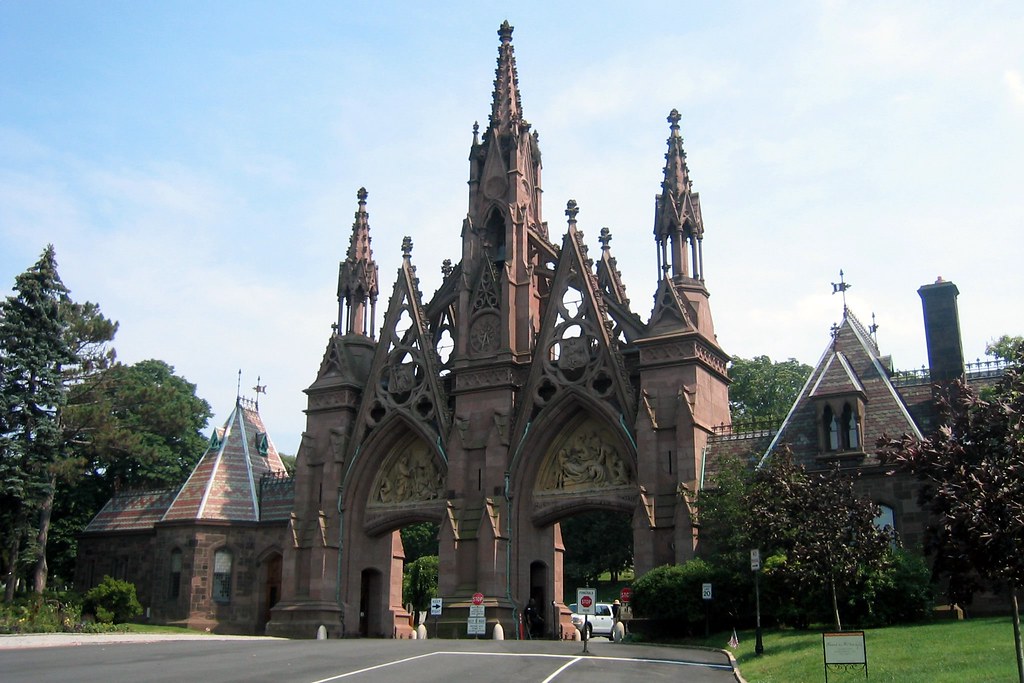

“Brooklyn – Green-Wood Cemetery: Cemetery Gate” by wallyg is licensed with CC BY-NC-ND 2.0
You might also like 

















